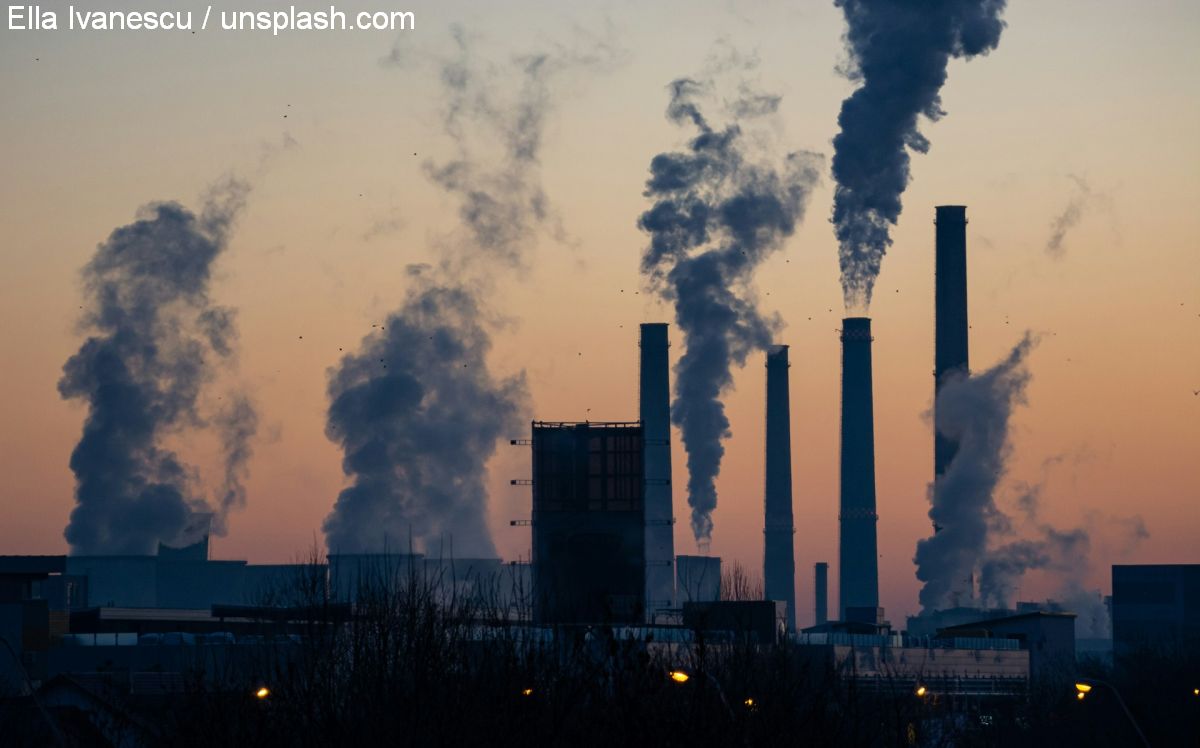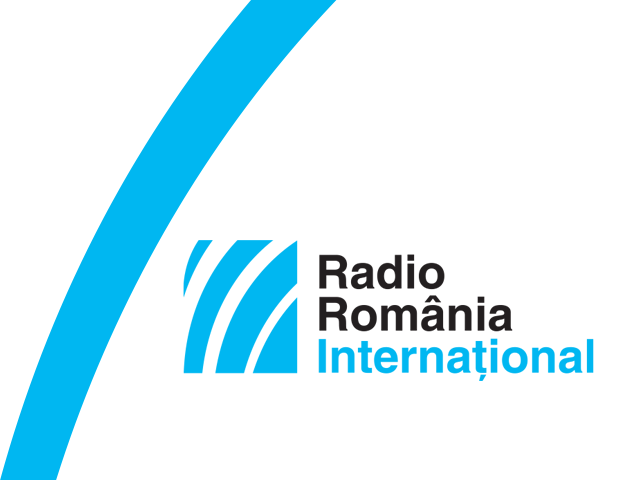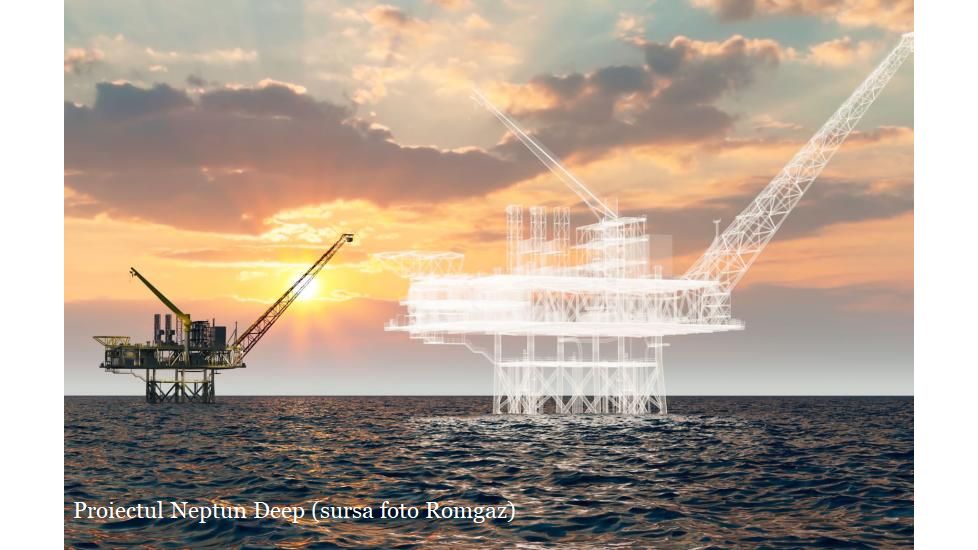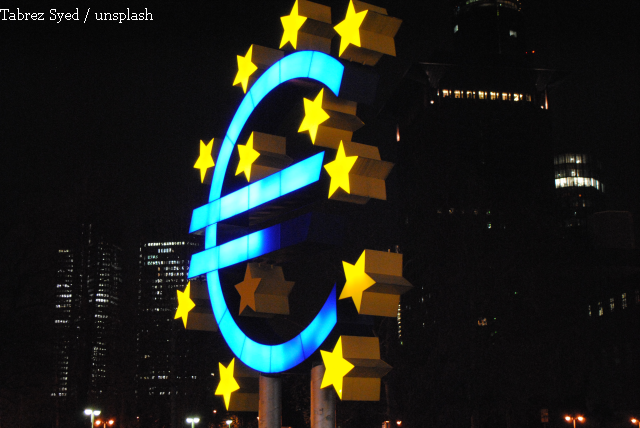Major plan for the re-industrialization of Romania
For the first time in the last 35 years, a major plan for the re-industrialization of the country was announced in Romania

Corina Cristea, 04.10.2024, 13:44
For the first time in the last 35 years, a major plan for the re-industrialization of the country was announced in Romania. With a value of 3 billion euros, it comes after decades in which the country has lost several industrial branches, and is meant to support industrial production activities with components addressed both to large industry, for technological renewal, but also to components related to small industrialists or manufacturing industry. About the context and size of this initiative, here is Deputy Prime Minister Marian Neacșu, tasked with coordinating this ambitious plan:
“It is a first step for the revitalization of Romanian industry. As is well known, during the pandemic and after it, the Romanian industry, like the European one and the world one, experienced a significant setback. After the pandemic came the energy crisis, then immediately after that the war in Ukraine and, last but not least, the crisis of essential and valuable raw materials. From the period of the pandemic until now, the Romanian industry has continuously decreased as a share in GDP, and negatively burdened economic growth, to which it should have the most important contribution. This was the first alarm signal. The second component that generated such an approach was determined by the deficit of the trade balance, where the industrial branches register, beyond an important regression, also an extremely important imbalance. I would give you just a few examples: according to the National Institute of Statistics reporting for the first half of this year, the group of chemical products and derived products recorded an export volume of 3 billion and an import volume of 10.6 – so here alone we have a deficit of about 7.6 billion euros. In machinery and equipment we had exports of 25.26 billion and imports of 27 billion, and in manufactured products and goods exports of 8.6, and imports of 12.6 billion. Obviously, the main goals we pursued were revitalizing Romanian industry and establishing it on the basis of efficiency and economic growth, reducing the deficit in the trade balance respectively.”
The plan will be focused on three main pillars: support for strategic investments in the processing industry, state aid for large companies that carry out investments capable of reducing direct greenhouse gas emissions, and energy consumption and support for companies that produce raw materials. Again, Marian Neacșu:
“It is certainly an ambitious plan that we are proposing. It will be circumscribed to a strategy that is being worked on at the moment, a general strategy of, let’s call it re-industrialization, although it might seem a bit too much. This is the first step, and the things we are particularly targeting are long time horizons, because we are generally targeting major investment targets. We can have the first effects in the 2025-2026 range, and we aim for this set of measures until 2031 at the least.”
Invited to Radio Romania, Prof. Mircea Coșea, PhD, specialist in macroeconomics, says that re-industrialization is a very good thing, but, in his opinion, there are still things to be completed:
“The emphasis that is placed on the steel industry, on the metallurgical industry, on the chemical industry – are important things, but everything that means modernization and industrial revolution shows that these phases are outdated in Europe. These industries are energy-intensive and polluting, no matter how much they have progressed recently. These industries are made in other countries, BRICS mainly, and Romania can import them at very good prices if it has something to buy them with. But to buy them with what ? With the higher added value it could produce in the third or fourth phase of the industrial revolution. Look, Hungary also has a re-industrialization program, and goes for everything that means modern technology – the biggest center for scientific research on IT, Huawei, is in Budapest, they make the latest electric batteries generation, electric cars, etc. There should be a lot of emphasis on what industrial revolution phase four means. This means that we must develop, in addition to this re-industrialization program, a program to return to what was “Research and Development”, research institutes. This industrialization must be correlated with research and development, so we don’t rely only on purchasing licenses.”
This opinion does not disagree with the ambitions of the governing class – “Through the implementation of Romania’s Industrial Strategy, the aim is to modernize the country’s industry and increase its level of competitiveness, in line with the requirements of the future, considering the double transition, green and digital”.






























